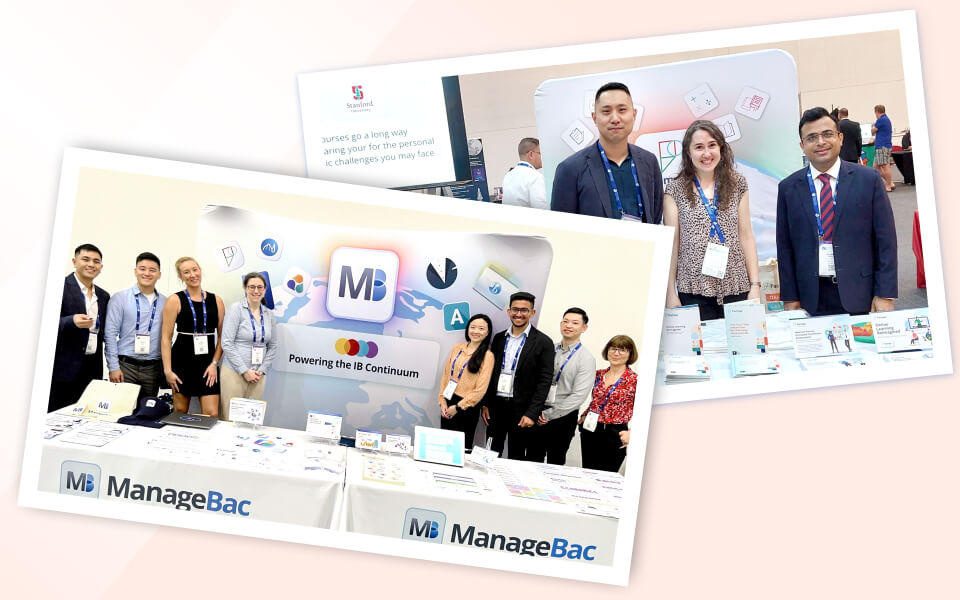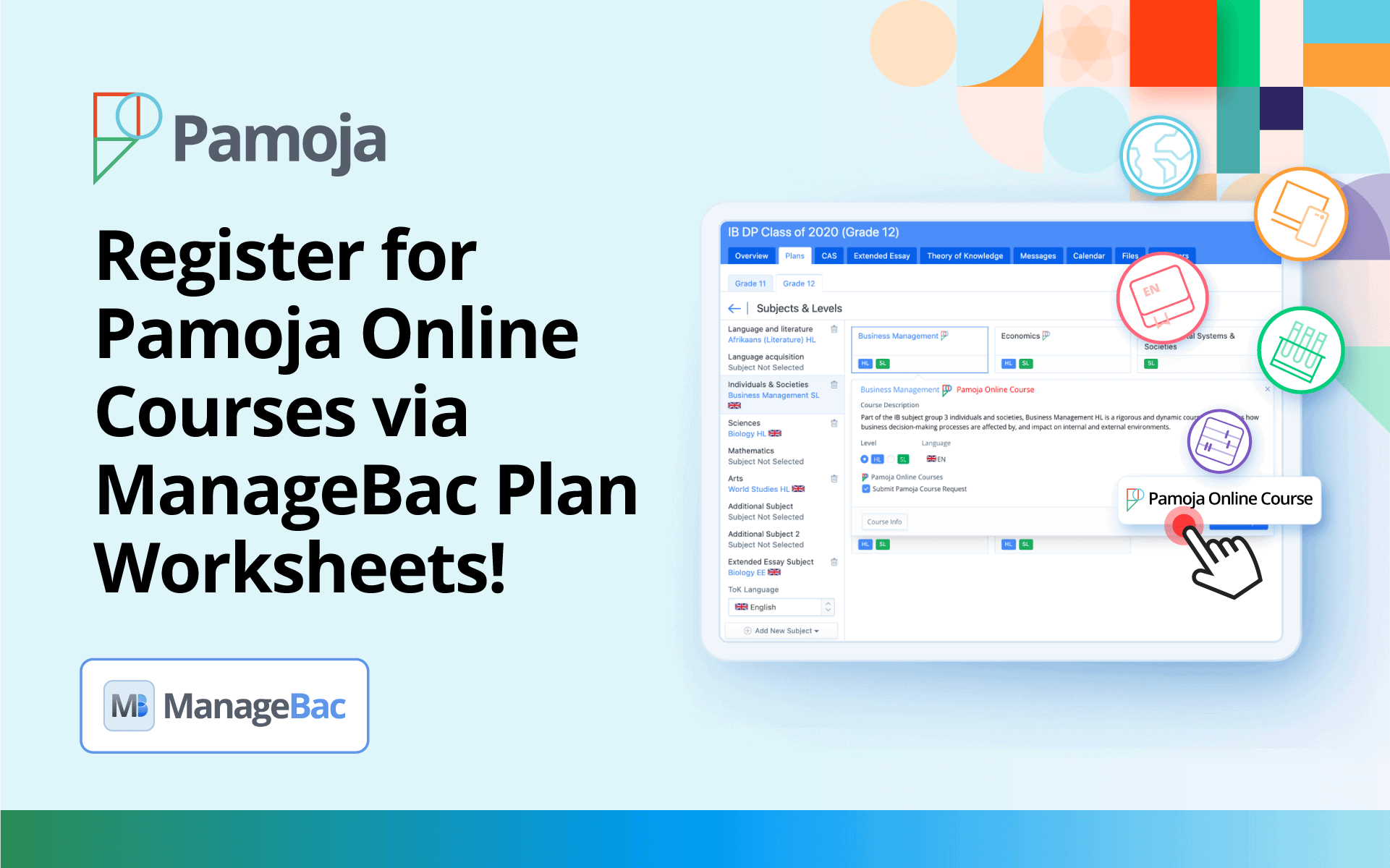I read an article recently that suggested we need to revolutionise the education system through the creation of subject centres and hub schools, with children attending a range of different centres according to subject choices. The author argues that instead of having one school that delivers all subjects, each district could have one hub school for registration and pastoral care, and then a range of specialist centres that would each teach a different subject.
Whilst the call to Justine Greening, the education secretary, to discard the traditional school model is a good principle, from where I am sitting, the suggested ‘revolution’ does not address the issues that the current education system faces, such as teacher recruitment; it simply moves the problem from one physical location to another.
The resource shortage of teachers globally isn’t that simple and certainly isn’t linear in that in any one region or district we may either be able to find a wealth of great teachers across all subjects, or adversely, see a distinct lack of specialism in a particular area. In reality, the availability of teaching resources is linked to local conditions such as pay or a desire to physically re-locate. The suggestion to send children to dedicated subject centres would require each of those centres to be staffed by suitably specialist teachers or subject matter experts – but if these individuals are locally in short supply, this ‘revolutionary’ idea won’t work out and we will need to think more globally.
It is also unnecessary to move students from location to location, taking up valuable time and resources that are already sparse. Instead of moving students to the subject specialist in a new location, we should be providing students with access to the specialist at their current school, learning centre or home, and on a timetable that suits the learner, meeting the learner where they are.
The idea of treating a school as a learning hub where learners can access all of the teaching resources and interact with subject matter experts for each of the subjects that inspires them is a good principle.
An alternative and more practical answer to the question posed is to consider the blended learning model, where a mix of school based teachers, and cloud based subject matter experts, work to teach both knowledge and skills, and can provide adaptable learning pathways that empower students, regardless of their circumstances, to fulfil their potential and own their futures. If we look at recent technology led disruptions, such as Uber, Netflix and Skype, the users of all of these services have been empowered by disruption – and those providing the services are the largest in their field, yet technology has allowed them to achieve this without physically owning anything!
Just like in other markets where disruption has taken place, we would find empowerment and self-selection occurring in the education sector too. The blended learning model addresses both the availability and location of the teacher by making space for the learner to be more asynchronous in their learning, and using technology to bring the teacher into the model without physically moving anyone. As with these other examples of disruption, the focus switches to providing access – away from ownership. So we can now imagine an education system where all learners are able to access the subjects that inspire them, which, in turn, inherently leads to higher levels of motivation.
Schools are subject to influence from a conservative constituency – parents – and therefore tend to argue that implementing such a model would require a huge amount of reorganisation, and a painful rethink, of educational philosophy, which would be expensive and disruptive to implement. But, when you consider the advantages offered through the blended model, isn’t it worth considering? This type of disruption isn’t negative, it’s instead an educational and pedagogical priority; just think of the disruption that will be caused by waiting too long. If the school’s position is that the risk to their students is too high without proper research and analysis being undertaken, I would suggest that there is in fact a higher risk associated with waiting for the research to be published.
Sign up to our monthly newsletter to keep up to date with all the latest Pamoja news.




